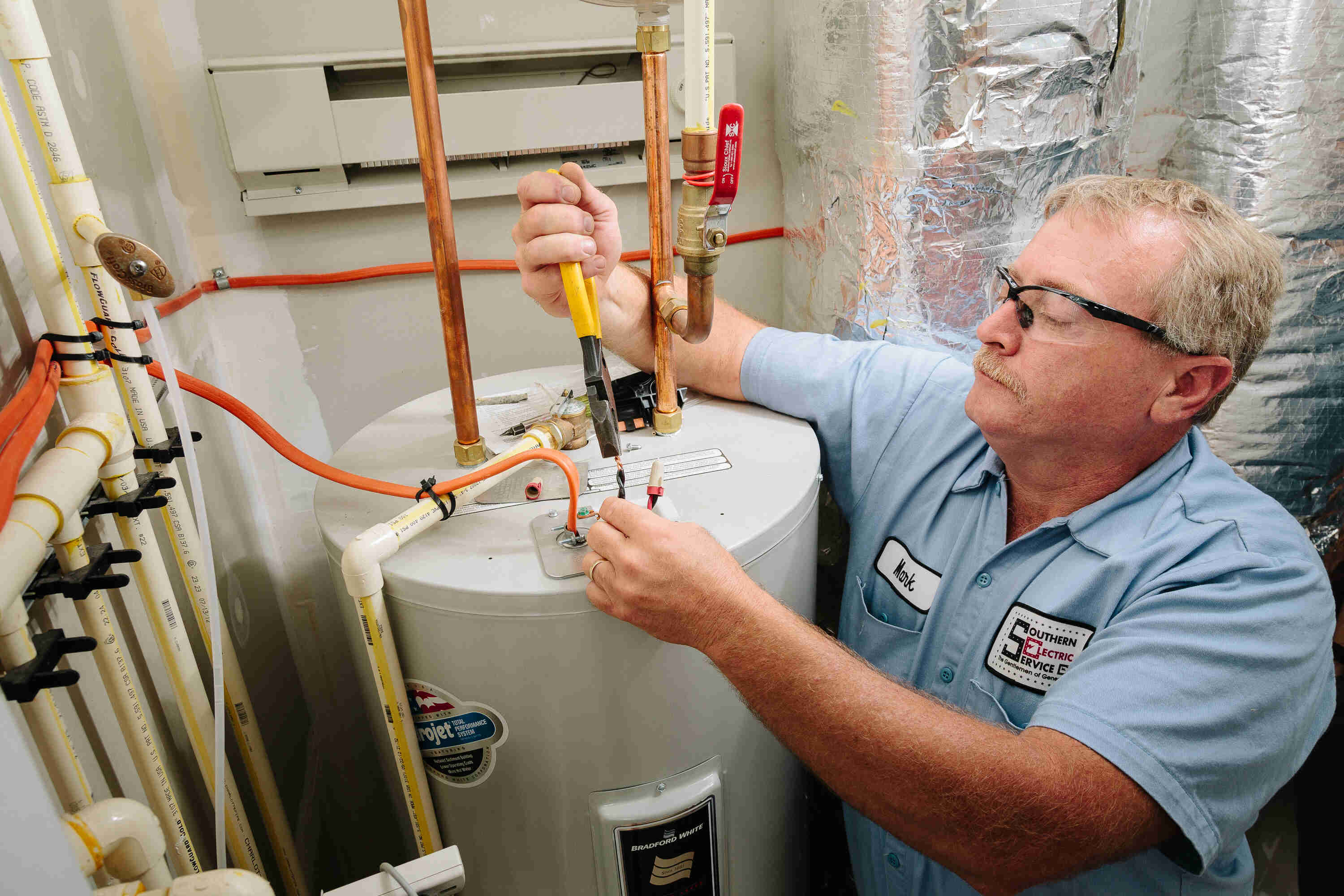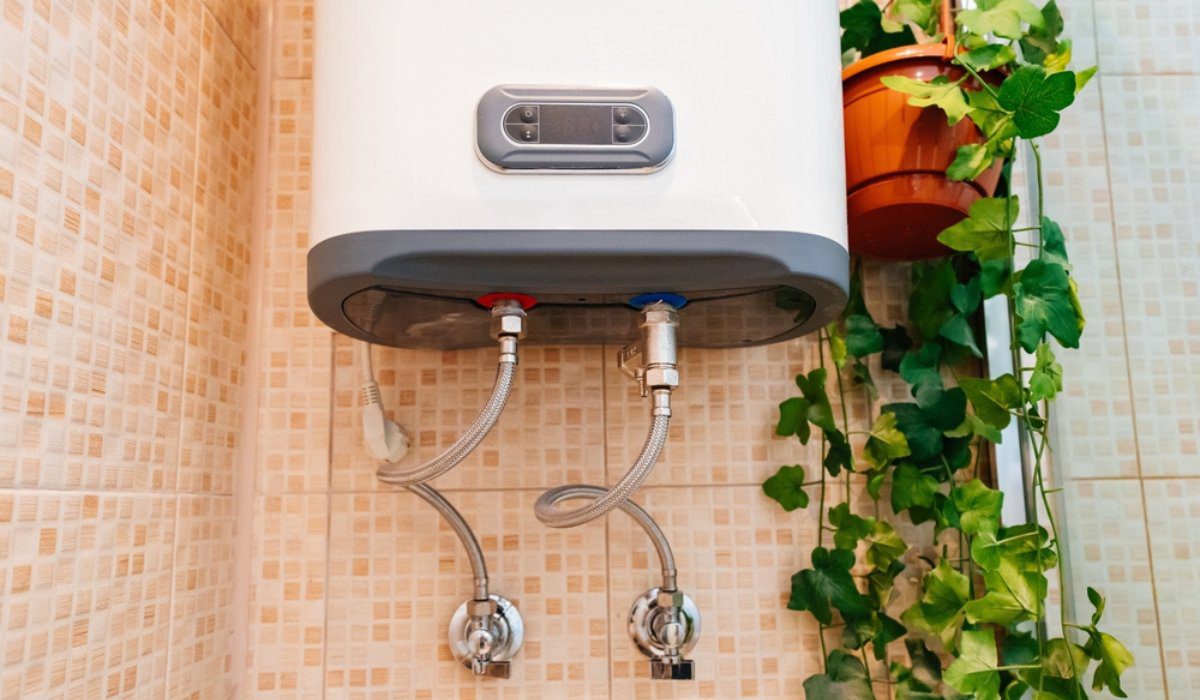Efficient Strategies for Maintaining Your Home's Hot Water System
Efficient Strategies for Maintaining Your Home's Hot Water System
Blog Article
Here down the page you can get more outstanding facts pertaining to Tips For Maintaining Your Hot Water Heater.

Warm water is vital for day-to-day convenience, whether it's for a revitalizing shower or washing meals. To ensure your warm water system runs efficiently and lasts much longer, normal upkeep is key. This post supplies practical ideas and understandings on how to preserve your home's warm water system to avoid interruptions and pricey repairs.
Intro
Keeping your home's hot water system could seem complicated, yet with a few basic actions, you can guarantee it operates efficiently for several years to come. This guide covers whatever from recognizing your warm water system to DIY maintenance suggestions and understanding when to contact specialist aid.
Importance of Preserving Your Hot Water System
Regular maintenance not only prolongs the life-span of your warm water system yet also ensures it operates effectively. Disregarding upkeep can lead to decreased efficiency, higher energy costs, and even premature failure of the system.
Signs Your Hot Water System Needs Maintenance
Knowing when your hot water system requires focus can protect against significant concerns. Keep an eye out for indicators such as irregular water temperature, strange noises from the heater, or rusty water.
Purging the Hot Water Heater
Purging your hot water heater gets rid of debris accumulation, enhancing effectiveness and extending its life.
Checking and Replacing Anode Rods
Anode poles prevent corrosion inside the tank. Evaluating and changing them when worn is vital.
Complicated Issues Needing Specialist Aid
Instances include major leakages, electric troubles, or if your hot water heater is continually underperforming.
Regular Expert Maintenance Conveniences
Specialist maintenance can include comprehensive inspections, tune-ups, and making sure conformity with safety and security requirements.
Evaluating and Readjusting Temperature Setups
Readjusting the temperature setups makes certain optimum performance and security.
Do It Yourself Tips for Maintenance
You can perform numerous maintenance tasks on your own to maintain your hot water system in leading problem.
Checking for Leakages
Frequently inspect pipes and links for leaks, as these can bring about water damage and greater expenses.
Understanding Your Warm Water System
Before diving right into maintenance jobs, it's practical to understand the standard components of your warm water system. Normally, this includes the hot water heater itself, pipelines, anode rods, and temperature level controls.
Regular Monthly Maintenance Tasks
Regular regular monthly checks can help catch small issues prior to they escalate.
Checking Stress Relief Valves
Testing the stress safety valve ensures it operates correctly and stops too much stress buildup.
Protecting Pipelines
Insulating hot water pipelines reduces warm loss and can conserve power.
When to Call an Expert
While do it yourself maintenance is useful, some concerns require expert know-how.
Conclusion
Routine upkeep of your home's warm water system is essential for effectiveness, long life, and price savings. By adhering to these tips and knowing when to seek expert aid, you can ensure a reputable supply of warm water without unforeseen disturbances.
Water Heater Maintenance Tips
Test the TPR Valve
Shut off the power and the cold-water supply valve. Place a bucket under the pipe connected to the temperature-pressure-release (TPR) valve on the top or side of the tank. (This valve opens if the tank pressure gets too high.) Lift the valve’s tab to let some water out, then let go. If water keeps flowing, drain the tank partway, unscrew the old valve with a pipe wrench, and install a new one. Check the Anode Rod
Put a hose to the tank’s drain cock and let out a few gallons of water. Now fit a 1 1/16-inch socket onto the rod’s hex head on top of the heater (or under its top plate) and unscrew the rod. If it’s less than ½ inch thick or coated with calcium, buy a new one, wrap its threads with Teflon tape, put it back in the tank, and tighten securely. Use this segmented rod if headroom above the tank is limited. Drain the Tank and Wash Out Sediment
Drain the remaining water in the tank into the bucket, then stir up the sediment on the tank’s bottom by briefly opening the cold-water supply valve. Drain and repeat until clean water comes out of the hose. Close the drain cock, refill the tank, and turn its power back on. Adjust the Temperature
Find the temperature dial on the side of the tank and unscrew its cover. Adjust the dial to 120 degrees using a flathead screwdriver. For every 10 degrees the temperature is lowered, you can expect to save up to 5 percent in energy costs. Turn the water heater off or the thermostat down to its lowest setting if you plan to be away from home for more than three days. Insulate the Pipes
Buy some self-sticking 3/8-inch-thick foam pipe insulation that matches the pipes’ diameter. Slide the foam over the hot-and cold-water pipes as far as you can reach. Insulating the cold-water pipe prevents condensation in summer. Peel the tape and squeeze the insulation closed. If the pipe is 6 inches or less from the flue, cover it with 1-inch-thick unfaced fiberglass pipe wrap. https://www.thisoldhouse.com/plumbing/21016402/how-to-maintain-a-water-heater

I recently found that piece of writing on Water Heater Maintenance Tips You Can't Afford to Forget when browsing on the search engines. If you enjoyed our post plz consider to share it. We enjoy reading our article about Water Heater Maintenance Tips You Can't Afford to Forget.
Call Today Report this page